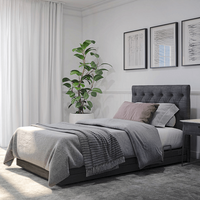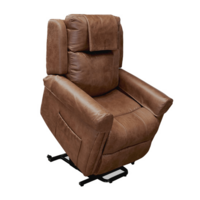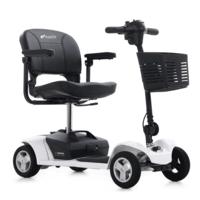Managing Your Back Pain: Striving Toward Your Best Back
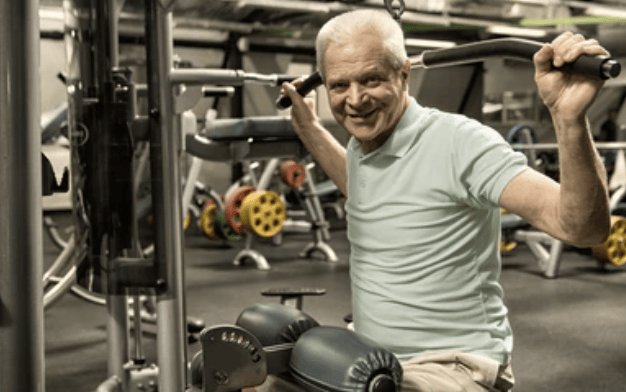 Back pain is one of the most common and impactful health problems that people face. It can deeply affect quality of life—both physically and emotionally. Back pain often leads to limitations in daily activities, reducing participation in social, community, and occupational engagements. This not only diminishes physical well-being but can also have a significant toll on mental health, contributing to stress, anxiety, and depression.
Back pain is one of the most common and impactful health problems that people face. It can deeply affect quality of life—both physically and emotionally. Back pain often leads to limitations in daily activities, reducing participation in social, community, and occupational engagements. This not only diminishes physical well-being but can also have a significant toll on mental health, contributing to stress, anxiety, and depression.
Back issues can manifest as both acute (short-term) or chronic (long-term) pain, and treatment can be a complex process. Back pain is often the main symptom, but it can also be accompanied by other challenges such as loss of mobility, trouble with daily functions, and emotional distress. Moreover, when people experience additional comorbid conditions—such as obesity, diabetes, or mental health issues—these complications can make managing back problems even more difficult.
In Australia alone, around 4.0 million people (16% of the population) were reported to be living with back issues in 2022. Back pain is also a major contributor to the country’s overall health burden. In 2023, it accounted for 4% of the nation’s total disease burden and was the third leading cause of disease burden.
When it comes to managing back pain, recent Australian clinical guidelines for non-specific low back pain advocate for reassurance, self-management, and physical therapy as first-line treatments. Non-pharmacological therapies such as heat, massage, acupuncture, and mindfulness may also play a supportive role in recovery. The key to managing back pain effectively is maintaining an active lifestyle, staying at work where possible, and keeping a positive outlook on recovery.
Common Myths About Back Pain vs. Facts
There are many misconceptions about back pain that can hinder effective management. Let’s debunk some of these myths:
Myths
- Back pain is caused by “wear and tear” or discs and joints “popping out” of place.
- Lifting heavy objects or performing strenuous activities is the primary cause of back issues.
- Back pain is inevitable as you age.
- There is nothing that can be done for back pain as you get older.
Facts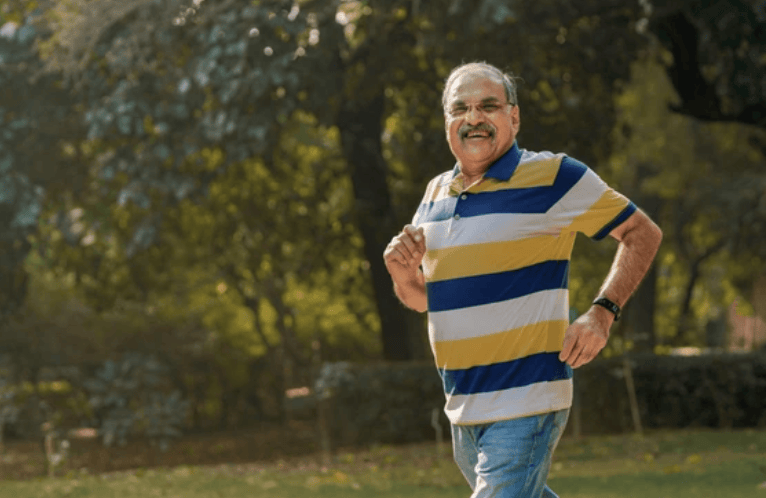
- The back is a strong and resilient structure, capable of handling a wide range of activities when properly cared for.
- Maintaining good sleep habits, a healthy diet, and regular movement are key to promoting back health.
- Back health and strength can be managed and improved at any age with the right approach.
- Repetitive lifting, lifting and twisting, lifting incorrectly and lifting too heavy a load can contribute to back injury
Exercise: The Perfect Match for Back Health
One of the best ways to alleviate back pain and prevent future issues is through regular exercise. Engaging in low-impact activities, such as Yoga, Pilates, Tai Chi, and Aqua Aerobics, has been scientifically proven to positively affect pain intensity, pain perception, body function, stress levels, and overall quality of life for those dealing with chronic back pain.
Before embarking on any new exercise program, especially if you’re experiencing back pain, it’s important to seek advice from a qualified healthcare practitioner. This ensures that your exercise regimen is tailored to your specific needs and avoids further injury.

Back Care Products for Ongoing Pain Management
If back pain is persistent, there are several products available that can help manage discomfort and support recovery. These products can be used temporarily during the healing process or long-term, in combination with a prescribed back care plan.
Sleep Health Range
Proper sleep is essential for back recovery, and investing in a mattress designed to provide back support can make a world of difference. MobilityHQ offers the Aspire Comfimotion range of mattresses and adjustable bed frames, which are designed to improve comfort and support independence. These products are ideal for individuals dealing with chronic back pain, as they promote healthy sleep posture and assist with movement.
Lift Recline Chairs
If your back pain intensifies after a long day of work or play, a lift recline chair can be a game-changer. The reclining feature helps alleviate lower back pain by providing optimal support, while the lift mechanism assists with sitting down and standing up with ease. This is particularly beneficial for people who have pain or difficulty transitioning from a sitting to a standing position.
Back Care Living Aids
For those dealing with chronic back discomfort, MobilityHQ offers a range of back care living aids. These accessories are designed to reduce the need for excessive bending, reaching, or twisting—activities that often strain the back. MobilityHQ also has a large range of safety and assistance aids for the bathroom such as overtoilet aids, rails for the shower and toilet and many other options that can provide relief for back pain. By incorporating these aids into daily life, you can minimise the risk of aggravating back pain while completing everyday tasks.

Your Best Back - Stay Active, Stay Positive
Back pain is a common and often debilitating issue that can have a significant impact on your life. However, with the right approach—including maintaining an active lifestyle, seeking professional advice, and using the appropriate products—most people can manage their back pain and even improve their condition over time. Stay positive and proactive about your recovery. Strive toward your best back with confidence and resilience, knowing that you have the tools and strategies to reclaim your well-being.


















